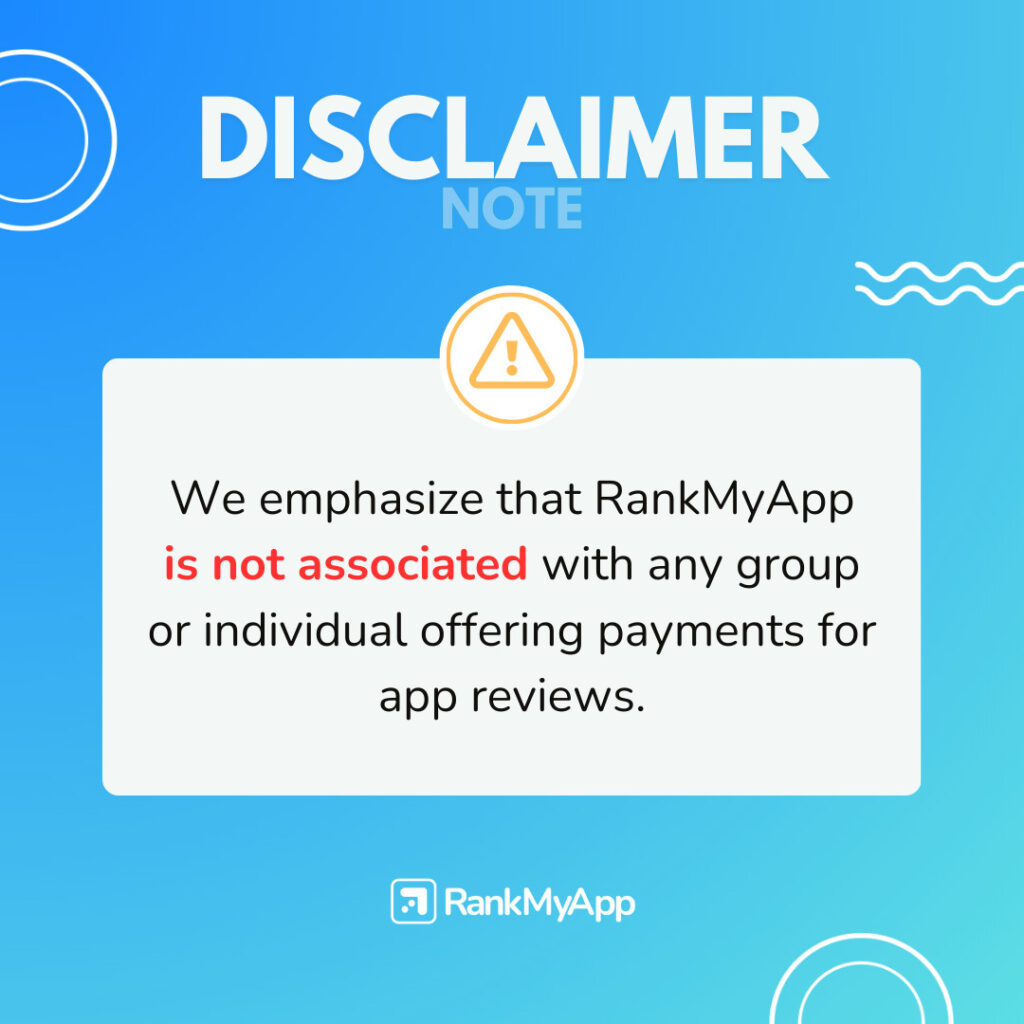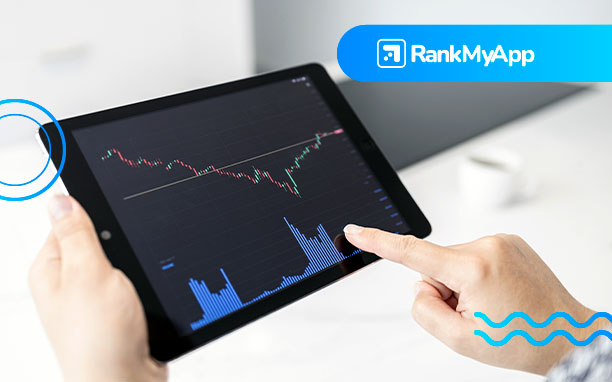Seasonal marketing can increase app downloads and in-app purchases during certain times of the year. If you are interested in using this effective mobile marketing strategy, read this article to find out more.
Seasonal Marketing
There are many annual events and holidays that give digital marketers opportunities to create customized campaigns for different seasons.
They include:
- Black Friday;
- Christmas;
- Valentine’s Day;
- Tax Season;
- Cyber Week,
- And so much more!
With enough knowledge, digital marketers can use the fluctuating trends in app stores to their advantage by basing their campaign calendar on the various holidays, seasons, and other major events throughout the year.
The trick to getting amazing results is to present your seasonal marketing campaign at just the right time, to just the right people.
What apps benefit from seasonal marketing campaigns?
Before diving into this tactic, make sure its risks are worth its potential gains.
The risks of using time-based strategies include:
- Reduced exposure to your entire target market;
- Insufficient data on seasonal trends, making it difficult to determine the most effective tactics,
- Quickly changing trends that are hard to keep up with, making your offer out-of-date.
When wondering which apps perform best with seasonal marketing, retail apps are the most obvious answer, but other types can also do well.
Here is what you need to consider when deciding if seasonal marketing is right for you:
- Your app’s purpose;
- Your target market’s behaviors, interests, and preferences;
- Which holidays and events your target market cares about,
- Which holidays and events your target market isn’t interested in.
Seasonal mobile marketing strategy
If you’ve determined your app would benefit from holiday marketing campaigns, here are the next steps to take.
Research
As with anything, the first step is to investigate. Find trends that are related to your general niche, but don’t stop there. Look into your own app’s trends to see if there are any changes in user engagement during certain times of the year.
First, take note of any time periods that produce increases or decreases in engagement. You also want to be aware of how your app is used during different times of the year. For example, cool weather prompts users to search for jackets and long pants, while warm weather causes them to shop for bathing suits and tank tops.
Choose what to target
Understanding the holiday-related changes in your app’s user behavior enables you to choose which holidays and events to target.
List them out, then make a plan for each one. Every seasonal campaign should have its own unique message and individual goal.
Keyword optimization
Changes in user behavior include changes in popular search terms, creating the need to target seasonal keywords.
Keep in mind that these keywords might not peak at the same time in every country, so be sure to research the best time to use them for each country you are attempting to reach.
Customize creative assets for the season
Ideally, your app’s icon, screenshots, and videos will be remade to match your seasonal marketing message. Of all the elements, put the greatest focus on your app’s icon, since this is the most visible asset and has the strongest power to generate conversions.
Test results
After launching your seasonal campaign, take a look at your app’s metrics to ensure the success of your marketing strategy. If necessary, adjust your plan in order to achieve your desired results.
If you haven’t already figured it out yourself, ASO is an important aspect of seasonal marketing. If you want to get the most out of your campaign, work on improving ASO.
Need help? Reach out to a specialist today!




